Beyond Michelin-starred restaurants and trendy dining establishments, the true culinary heart of many towns beats strongest in their vibrant street food scenes. These casual roadside kitchens often reveal more about local culture, ingredients, and traditions than any formal dining experience could ever convey.
Here is a list of 20 remarkable towns across the globe where street food transcends simple sustenance to become the destination’s defining culinary experience, offering flavor-packed introductions to their cultures.
Penang, Malaysia

This Malaysian island combines Chinese, Indian, and Malay influences to create one of Asia’s most dynamic street food scenes. Gurney Drive hawker center and the stalls along Chulia Street serve legendary char kway teow (stir-fried noodles), asam laksa (tamarind-based fish soup), and cendol (shaved ice with green jelly).
Local “hawker masters” often specialize in just one dish perfected over decades, serving remarkable cuisine from simple carts for prices typically under $3 per generous portion.
Oaxaca, Mexico
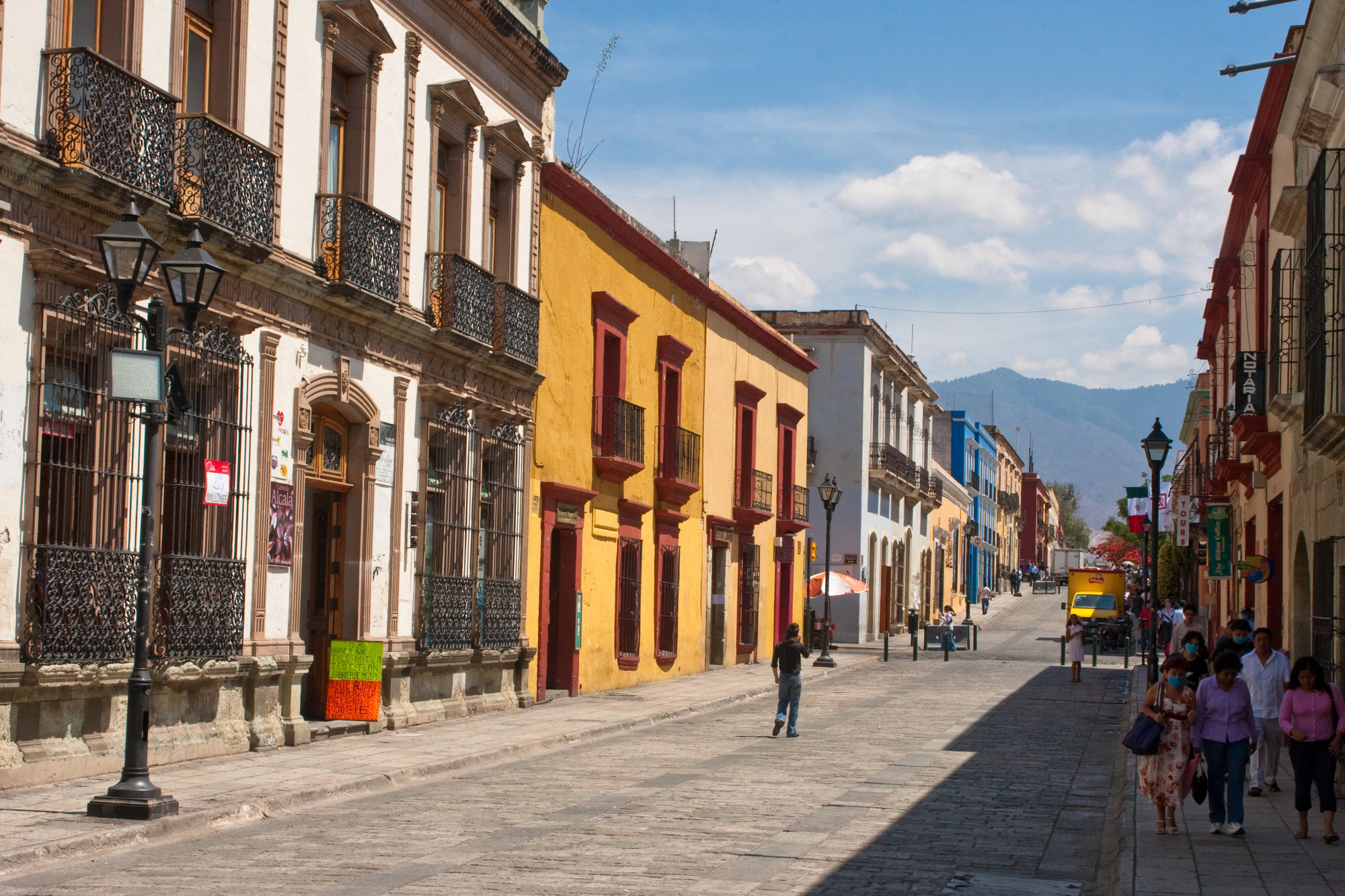
The culinary capital of Mexico elevates street food to an art form centered around its indigenous ingredients and techniques. Markets like 20 de Noviembre feature smoky grilling corridors where vendors cook tlayudas (huge toasted tortillas topped with beans, cheese, and meat), while others specialize in complex moles containing dozens of ingredients.
The distinctive chapulines (toasted grasshoppers) and tejate (pre-Hispanic cacao drink) connect diners directly to ancient Zapotec culinary traditions rarely found elsewhere in Mexico.
Hoi An, Vietnam
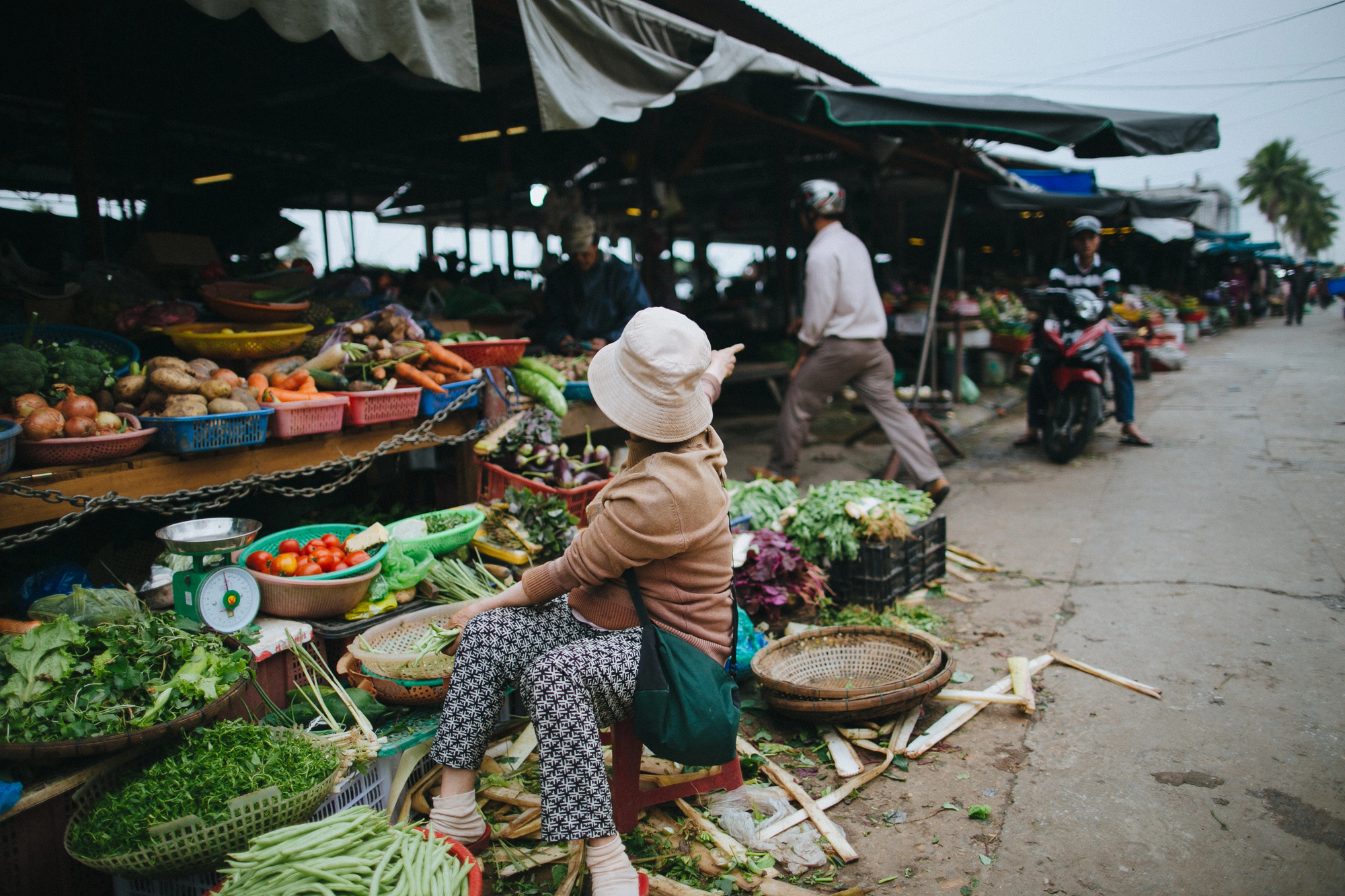
This ancient trading port showcases street specialties reflecting centuries of international influence alongside traditional Vietnamese techniques. The town’s signature cao lau noodles, traditionally made using water from specific local wells and only available in Hoi An, exemplify place-based cuisine at its most authentic.
Night market vendors serve banh can (rice pancakes with quail eggs), while morning markets offer Vietnam’s best banh mi sandwiches filled with herbs grown in surrounding villages.
Like Travel Pug’s content? Follow us on MSN.
Portland, Oregon

Pioneering food cart pods transformed this Pacific Northwest city into America’s street food capital, with over 500 licensed mobile vendors creating diverse culinary ecosystems. Neighborhoods like Hawthorne and Downtown host permanent food cart communities serving everything from Georgian khachapuri to Guamanian red rice bowls.
The city’s liberal licensing approach allows immigrant entrepreneurs and innovative chefs to launch concepts with minimal investment, creating remarkably diverse eating opportunities typically priced between $8–$12 per meal.
Hyderabad, India
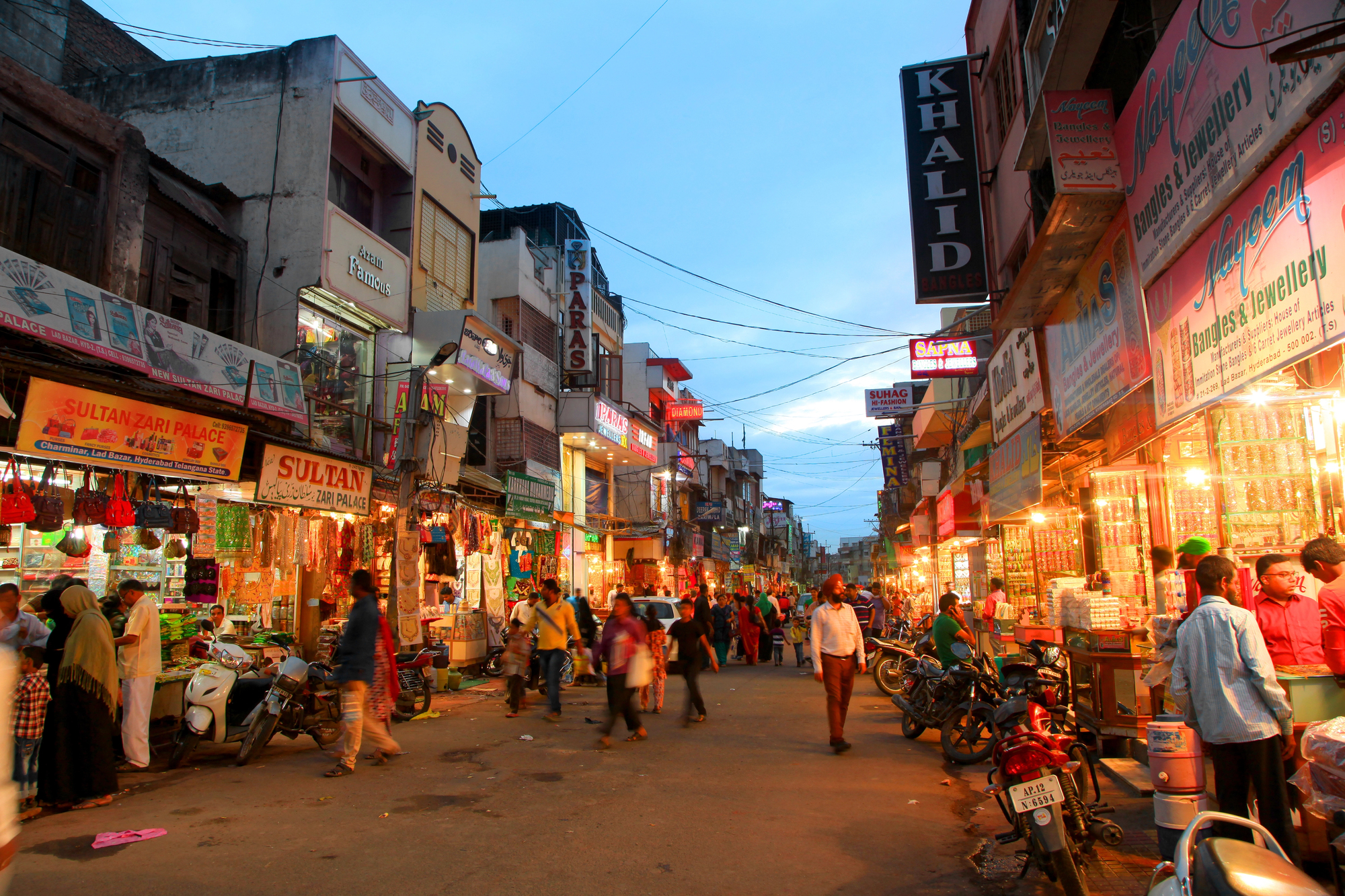
The historic Muslim-influenced cuisine of this southern Indian city reaches its zenith in the streets around Charminar, where vendors serve distinctive biryanis, haleem (slow-cooked meat porridge), and paya (trotter soup). The area’s Nizami culinary heritage remains vibrantly alive through street vendors preparing dishes developed for royal courts but now democratized for all to enjoy.
Evening food walks through the Old City provide sensory immersion into centuries-old recipes prepared with methodical precision despite humble settings.
Istanbul, Turkey
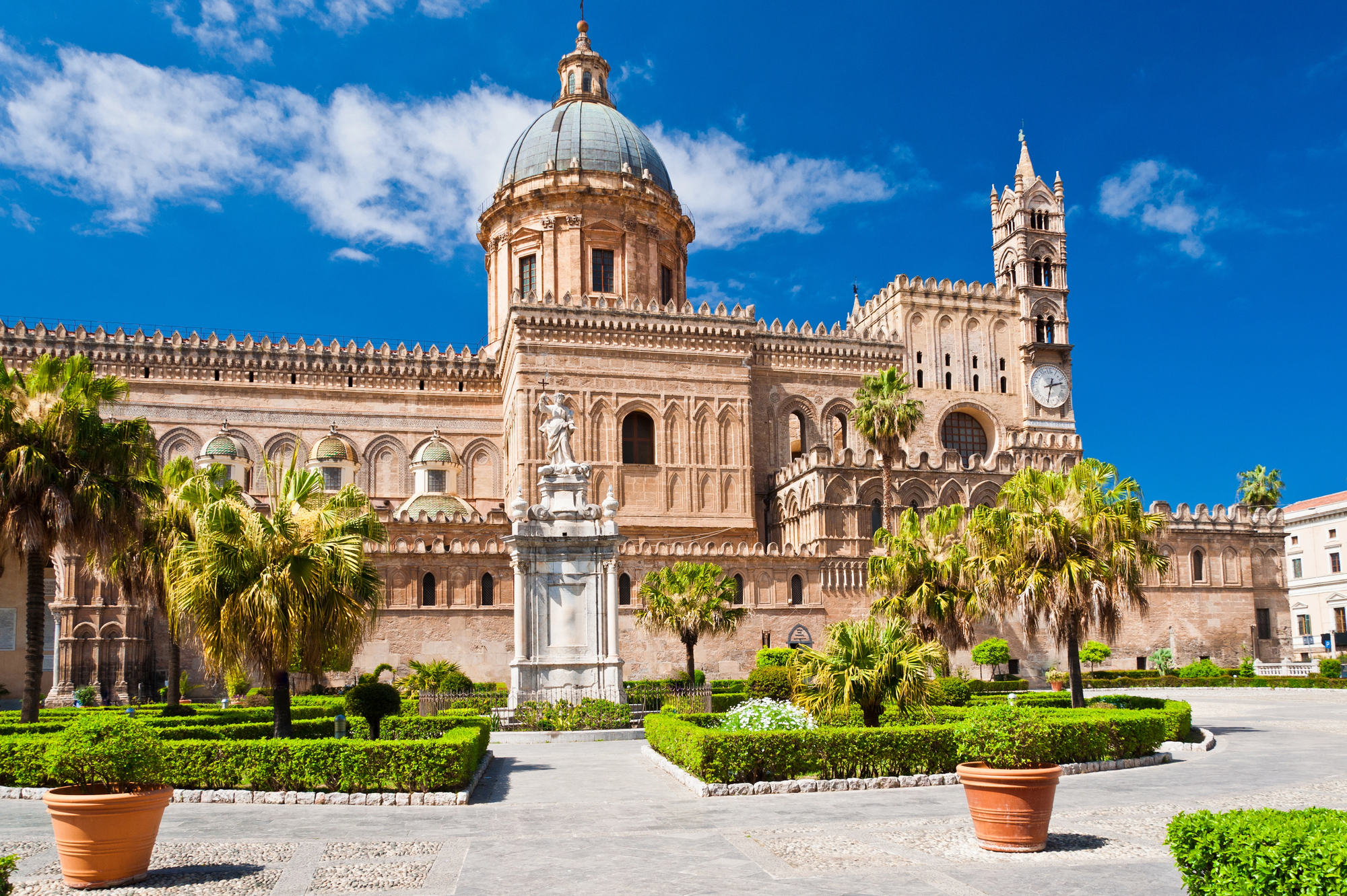
Straddling Europe and Asia, this historic metropolis serves street food classics from both continents along the bustling İstiklal Avenue and waterfront districts. Vendors specialize in specific items: some perfect only simit (sesame bread rings), others focus exclusively on balik ekmek (fish sandwiches) or midye dolma (stuffed mussels).
The city’s street food reflects its historical position as imperial capital, with Ottoman court influences evident in the precisely spiced grilled meats and vegetable dishes available from sidewalk vendors.
Like Travel Pug’s content? Follow us on MSN.
Palermo, Sicily
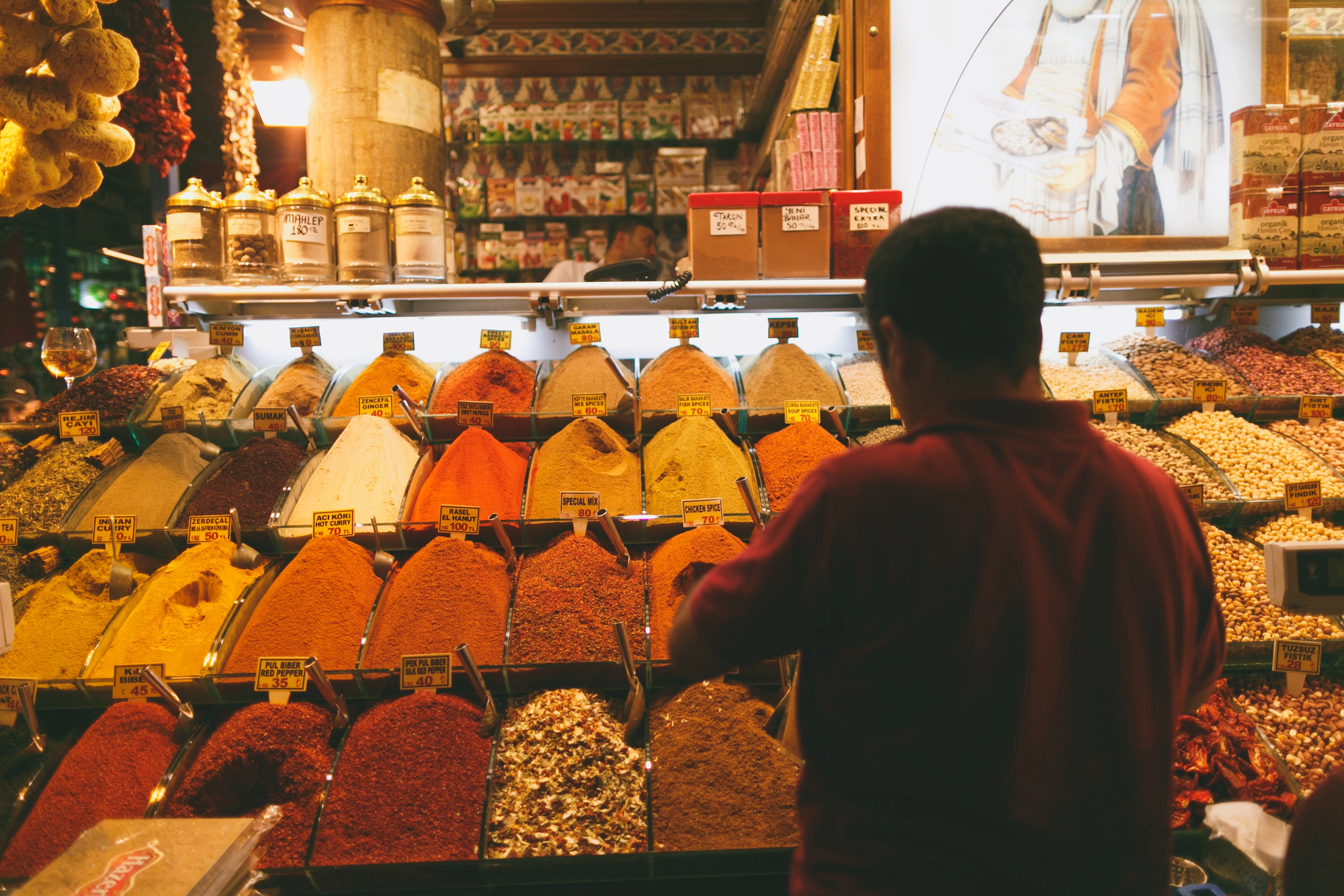
Sicily’s capital maintains one of Europe’s most authentic street food traditions, particularly in the ancient Ballarò and Vucciria markets. Vendors serve distinctly Sicilian specialties reflecting Arab influences not found elsewhere in Italy: panelle (chickpea fritters), sfincione (thick-crusted pizza), and pani ca meusa (spleen sandwiches).
These historically working-class foods emerged from necessity but endure for their remarkable flavors, remaining largely unchanged for centuries and still typically costing under €5 per substantial portion.
Cartagena, Colombia
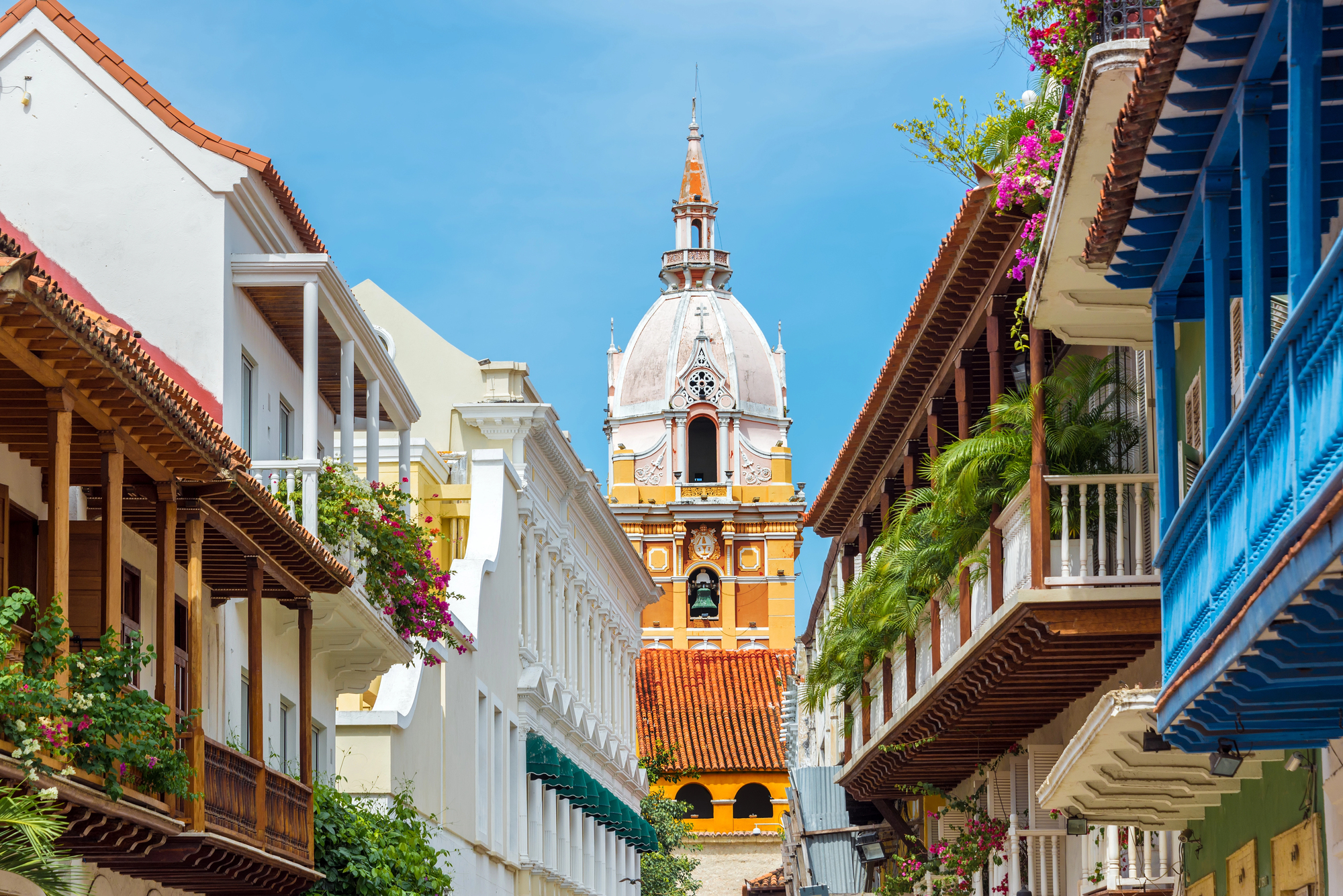
The Caribbean-influenced street cuisine of this colonial walled city showcases Colombia’s African, indigenous, and Spanish heritage through accessible sidewalk specialties. Vendors along the ramparts serve arepa de huevo (egg-filled corn cakes), carimañolas (yuca fritters with meat filling), and cooling fruit paletas tailored to the tropical climate.
Evening beachside vendors create festive open-air dining rooms where locals and visitors mingle over shared platters of fresh seafood prepared simply but expertly.
Osaka, Japan

Known as “Japan’s kitchen,” this merchant city elevated street snacking to cultural cornerstone status through its konamon (flour-based) specialties. The Dotonbori district’s food stalls serve iconic takoyaki (octopus balls), okonomiyaki (savory pancakes), and kushikatsu (breaded skewers) to enthusiastic crowds.
Unlike Tokyo’s more formal dining culture, Osaka’s street food tradition embraces on-the-go eating culture. It creates lively nighttime thoroughfares where vendors maintain recipes passed through generations with exacting standards regardless of their humble settings.
Like Travel Pug’s content? Follow us on MSN.
Tel Aviv, Israel

This Mediterranean city’s street food scene reflects Israel’s diverse immigrant populations through accessible curbside classics. The Carmel Market and surrounding streets overflow with vendors selling sabich (eggplant and egg sandwiches), crisp falafel made to order, and shawarma spiced according to specific regional traditions.
The city’s relaxed atmosphere encourages sidewalk dining culture where these hand-held meals bring together the country’s diverse cultural threads through shared informal eating experiences typically costing 20–35 shekels.
New Orleans, Louisiana

While not traditionally considered a street food destination, this city’s distinctive mobile vendors have historically defined its casual eating culture. From the Lucky Dog carts immortalized in “A Confederacy of Dunces” to the Vietnamese-Creole fusion po’boys that emerged in recent decades, streetside dining reflects the city’s multilayered heritage.
The French Quarter and Frenchmen Street come alive after dark when food vendors serve local specialties to energetic crowds seeking sustenance between music venues and celebrations.
Chengdu, China

Sichuan’s capital serves some of China’s boldest street flavors, with vendors around People’s Park and Jin Li Ancient Street specializing in numbing-spicy combinations unique to the region. Dan dan noodles, mapo tofu, and chao shou dumplings showcase the distinctive málà (numbing and spicy) flavor profile created by Sichuan peppercorns and chili oil.
Morning markets reveal specialties like sweet-water noodles and baked tea eggs rarely found outside the province, providing authentic culinary experiences for remarkably low prices despite the city’s growing international reputation.
Like Travel Pug’s content? Follow us on MSN.
Lima, Peru

Peru’s gastronomic renaissance began with humble street foods that continue to thrive alongside the city’s internationally acclaimed restaurants. Markets like Surquillo serve classic anticuchos (beef heart skewers), picarones (sweet potato doughnuts), and causas (potato terrines) that showcase Indigenous ingredients elevated through simple but precise techniques.
Street vendors throughout the Miraflores and Barranco districts preserve traditional preparations while sometimes incorporating contemporary influences, creating accessible entry points into Peru’s celebrated cuisine.
Thessaloniki, Greece
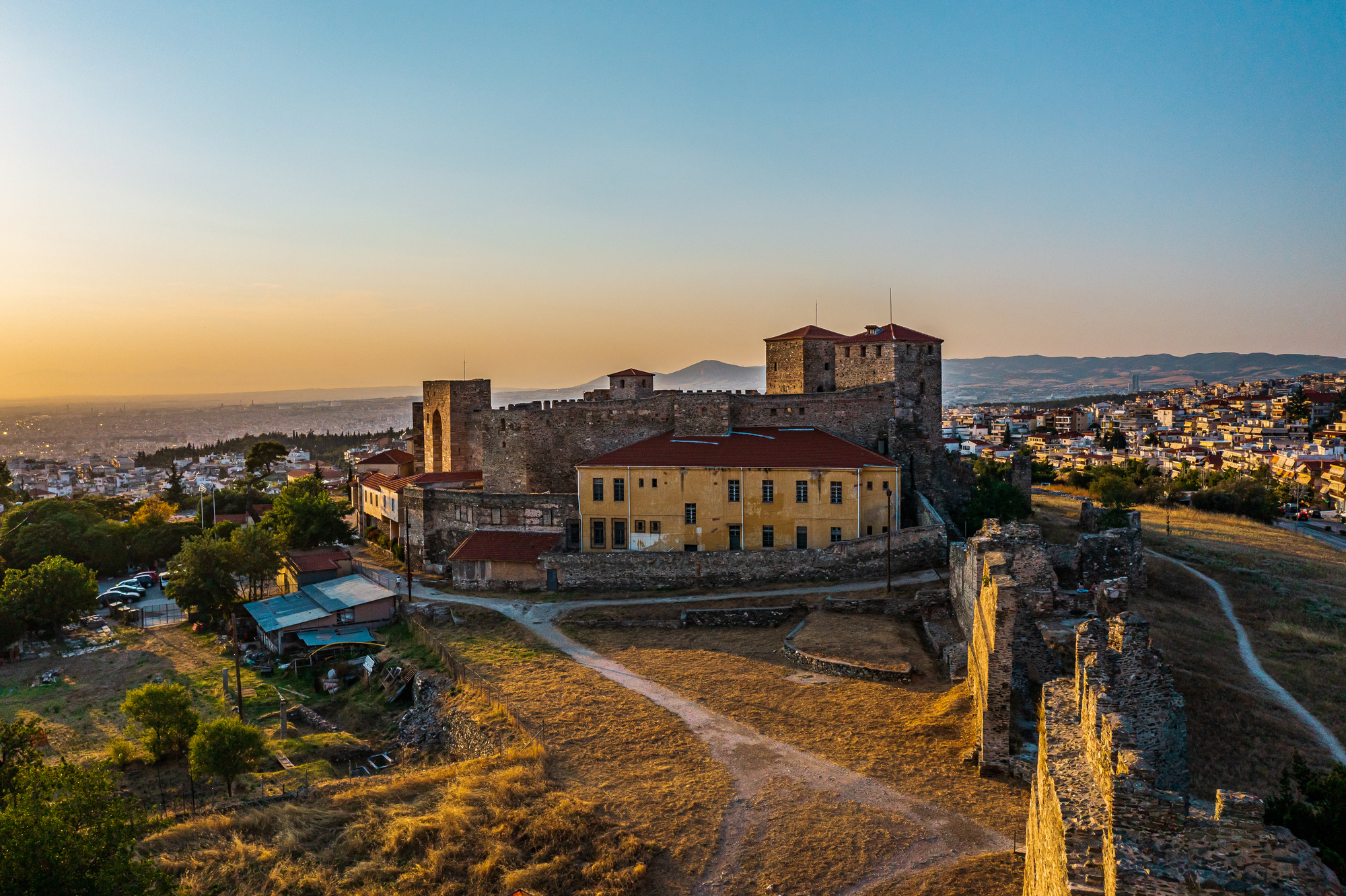
Often overshadowed by Athens, Greece’s northern hub preserves a distinctive street food tradition reflecting its historical connections to the Balkans and former Ottoman territories. Vendors around Modiano Market specialize in bougatsa (phyllo pastries with cheese or cream), koulouri (sesame bread rings), and gyros distinguished by their unique northern Greek spicing.
The city’s significant Jewish and Armenian historical influences appear in street snacks not found elsewhere in Greece, creating a uniquely cosmopolitan sidewalk dining scene that remains largely undiscovered by mass tourism.
Durban, South Africa

This coastal city’s street food showcases South Africa’s most distinctive culinary creation: Bunny Chow, a hollowed-out bread loaf filled with curry developed by Indian laborers. The Victoria Street Market and beachfront vendors serve this iconic dish alongside boerewors rolls (farmer’s sausage) and samosas, reflecting the city’s Indian, Zulu, and European cultural blending.
The affordable prices and casual serving style create natural mixing spaces where South Africa’s diverse communities gather around shared culinary traditions despite lingering social divisions elsewhere.
Like Travel Pug’s content? Follow us on MSN.
Ho Chi Minh City, Vietnam
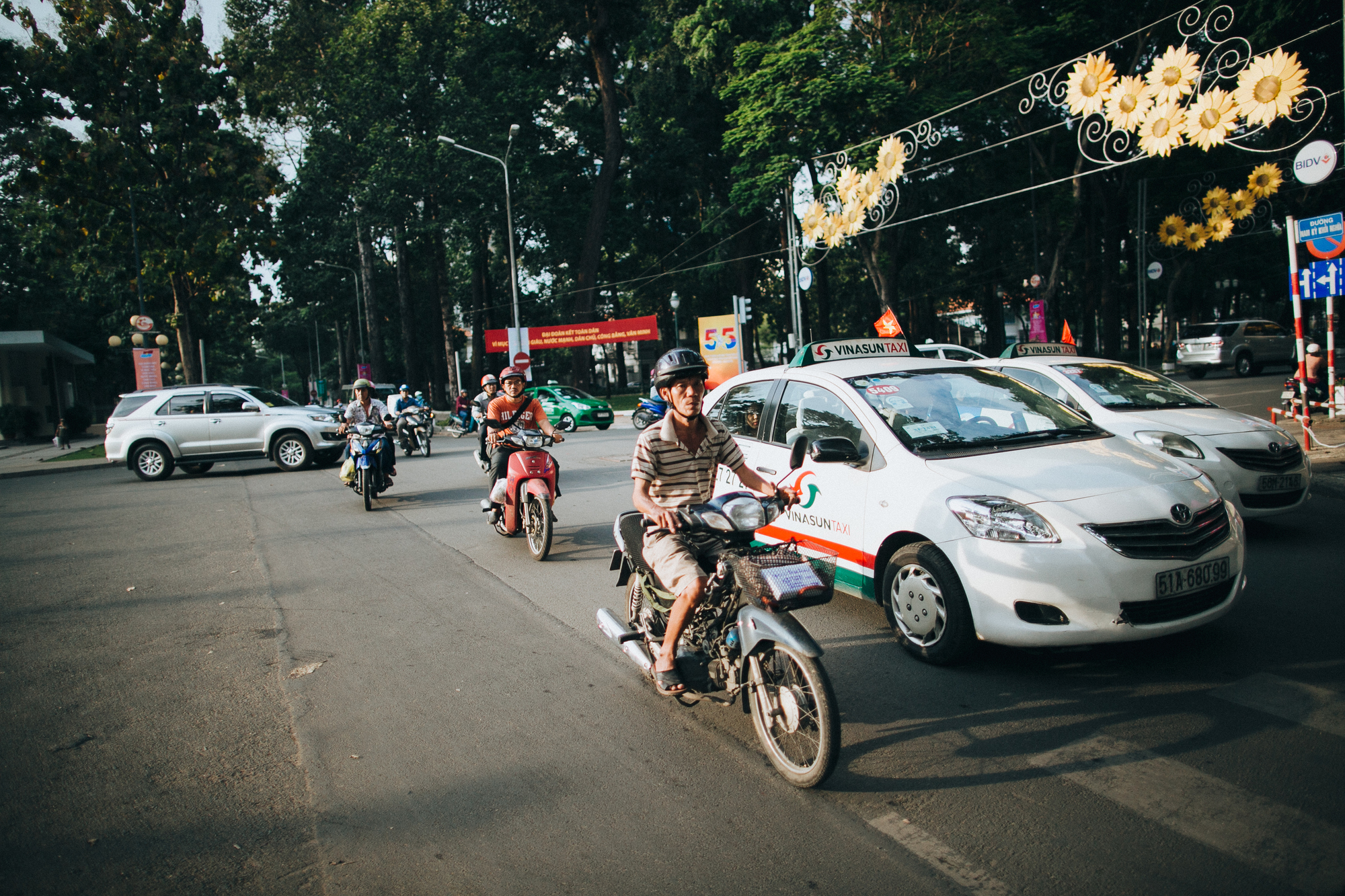
Southern Vietnam’s distinctive street cuisine comes alive each evening as thousands of sidewalk vendors create impromptu restaurants throughout District 1 and Binh Thanh. Specialties include com tam (broken rice) topped with grilled pork, bot chien (fried rice cakes with egg), and distinctive southern-style banh xeo (sizzling crepes).
The city’s cooking reflects greater Chinese and French influence than northern Vietnam, while maintaining accessible pricing that allows visitors to sample dozens of specialties without exceeding modest budgets.
Amritsar, India

The spiritual center of Sikhism serves exceptional Punjabi street cuisine in the narrow lanes surrounding the Golden Temple. The city’s famous kulcha shops serve stuffed breads baked in traditional clay ovens. In contrast, vendors throughout the old city specialize in robust chickpea curries, cooling lassis served in clay cups, and distinctive Amritsari fish fry.
The tradition of langar (free communal kitchen) at the Golden Temple influences the city’s overall food culture, emphasizing hospitality and generous portions regardless of price point.
Zanzibar City, Tanzania
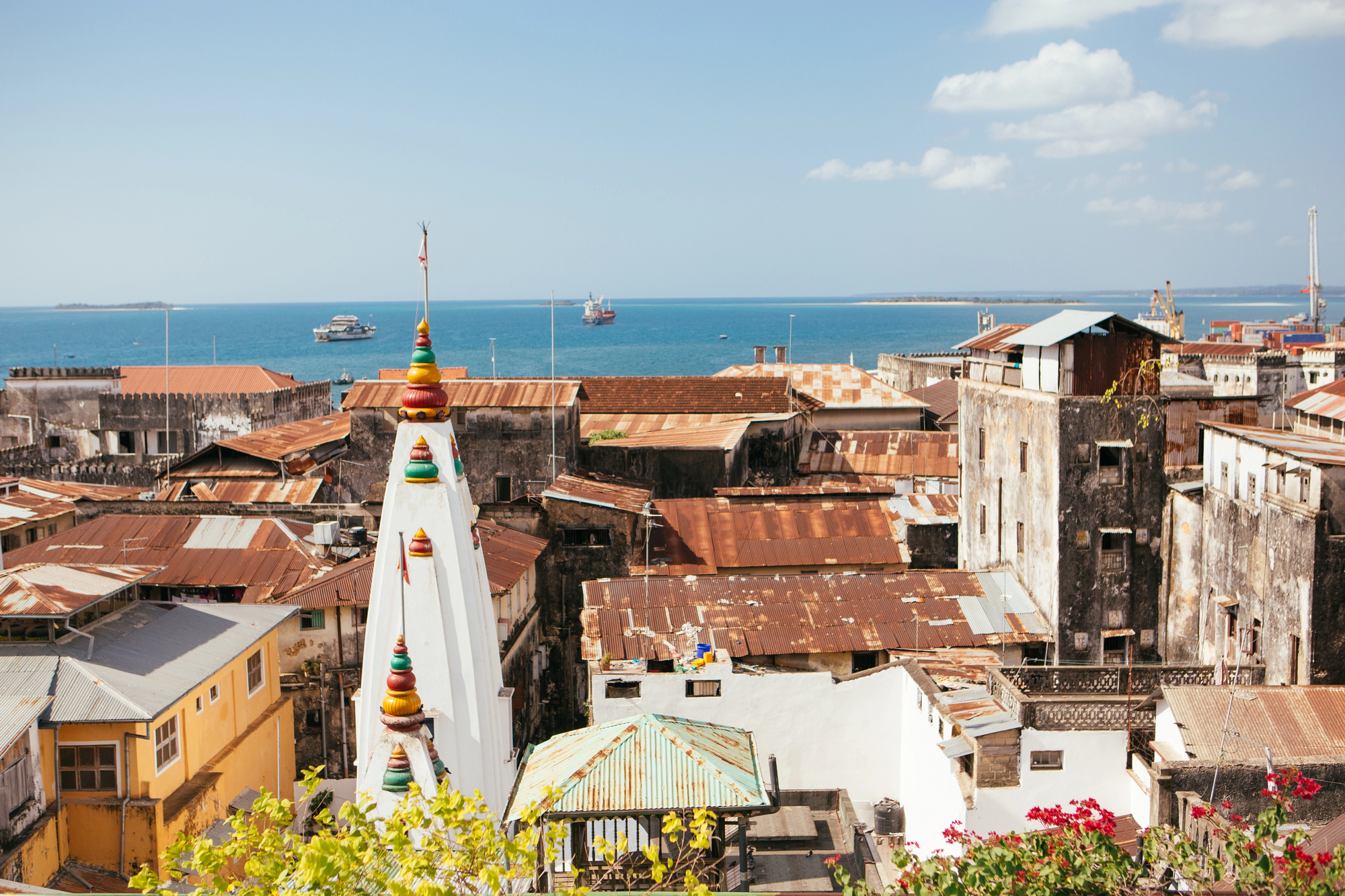
The historic Stone Town’s street food reflects centuries of trade connections with the Middle East, India, and mainland Africa through distinctive fusion cuisine. Night markets at Forodhani Gardens serve Zanzibar pizza (stuffed crepes), urojo (tamarind soup with crispy fritters), and freshly grilled seafood skewers arranged in tempting displays along the waterfront.
The island’s spice-growing heritage appears in street snacks incorporating cloves, cardamom, and cinnamon, which once made this trading hub famously wealthy but now flavor affordable delicacies accessible to all.
Like Travel Pug’s content? Follow us on MSN.
La Paz, Bolivia

South America’s highest capital supports a unique street food ecosystem adapted to its mountain climate and indigenous heritage. Markets like Rodriguez and Lanza feature vendors selling api morado (purple corn drink) with fresh buñuelos, tucumanas (Bolivian empanadas), and anticuchos de corazón spiced differently than their Peruvian counterparts.
The influence of multiple Andean indigenous cultures creates distinctive street specialties rarely found elsewhere, offering cultural immersion through humble sidewalk kitchens serving generations-old recipes.
Luang Prabang, Laos

This UNESCO-protected former royal capital hosts a night market where Lao culinary traditions remain vibrantly alive through accessible street specialties. Vendors serve authentic or lam (herbal stew), khao soi (rice noodle soup), and sai oua (lemongrass sausage) that showcase the distinctive herbs and preparation techniques that differentiate Lao cuisine from its better-known Thai and Vietnamese neighbors.
Morning markets provide additional specialties like khao jee (grilled sticky rice patties) that connect directly to the region’s agricultural traditions.
Culinary Democratization
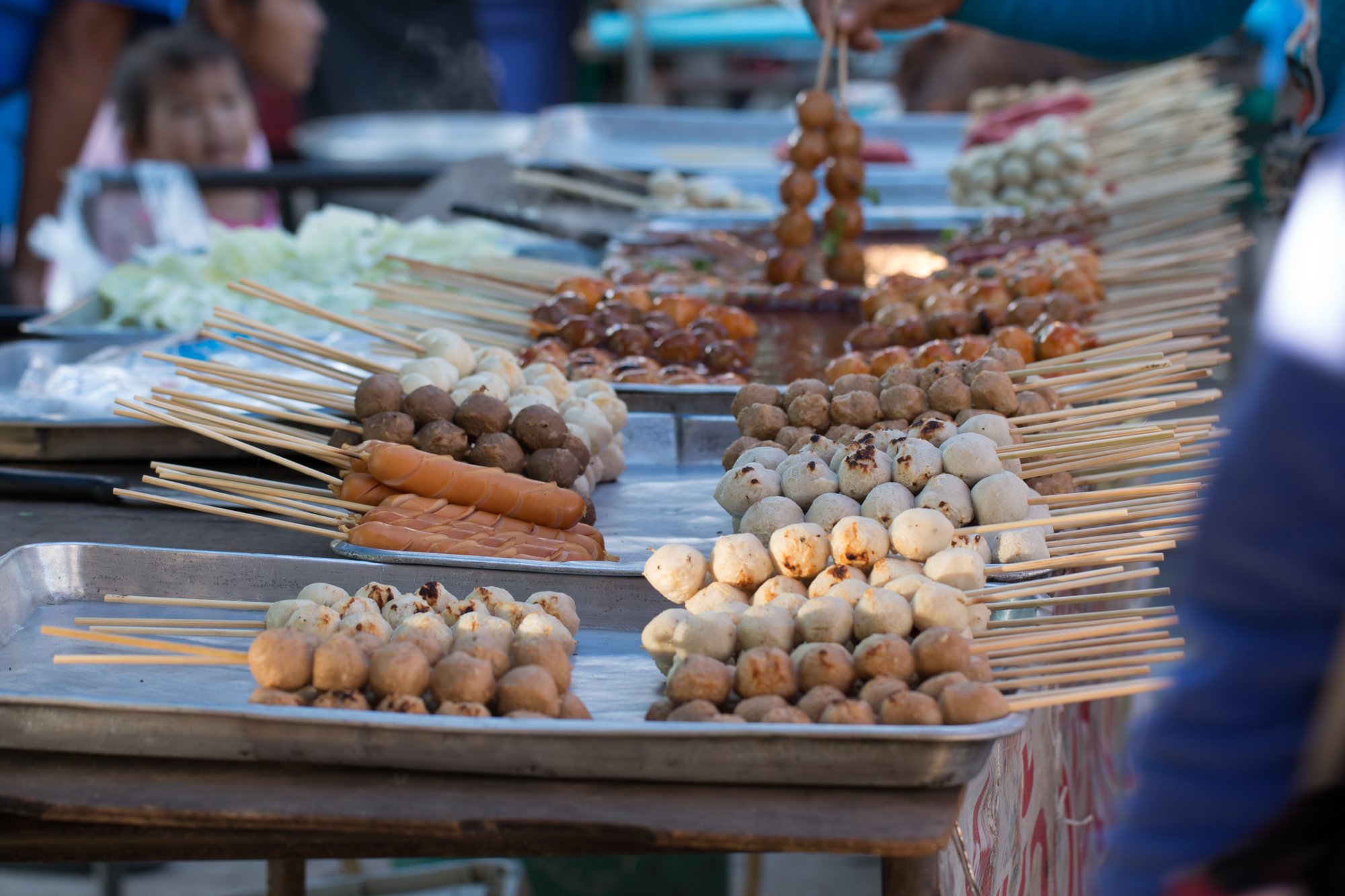
These vibrant street food scenes demonstrate how some of the world’s most remarkable culinary traditions remain most authentically preserved not in exclusive restaurants but in accessible public spaces where recipes pass through generations of specialized vendors. The democratic nature of street food—affordable to almost everyone, consumed without pretension, and focused entirely on flavor rather than atmosphere—often reveals the truest expression of a place’s food culture.
For travelers seeking genuine connections to local culinary heritage, these humble street kitchens frequently provide the most direct and memorable pathways into understanding a community’s history, cultural influences, and contemporary identity through its most accessible daily pleasure: delicious food shared in public spaces.
More from Travel Pug

- Cities Growing so Fast You Won’t Recognize Them in 10 Years
- 13 Destinations Where Tourists Regularly Regret Their Trip
- 16 U.S. Cities That Are Quietly Becoming Travel Hotspots
- Where to Travel If You Love Long Bus Rides and Daydreams
- 20 Cities Perfect for Solo Travelers Who Crave Adventure & Culture
Like Travel Pug’s content? Follow us on MSN.
